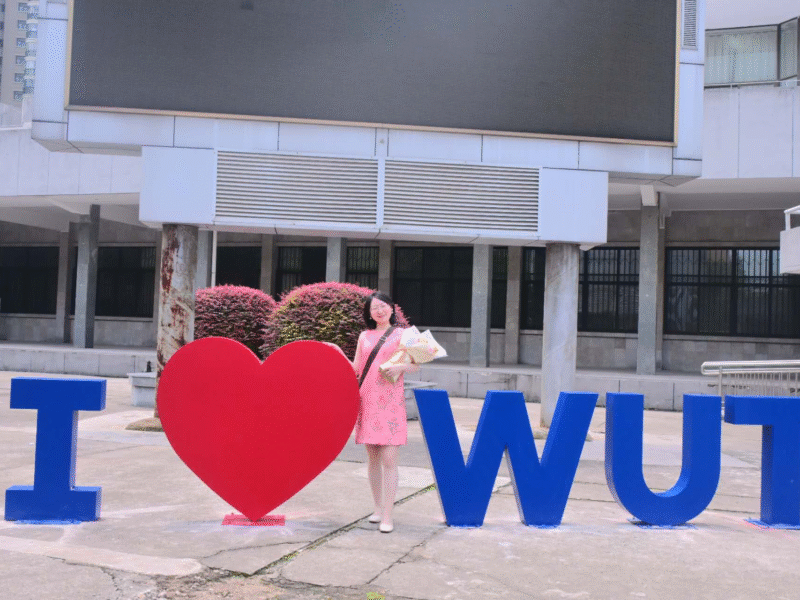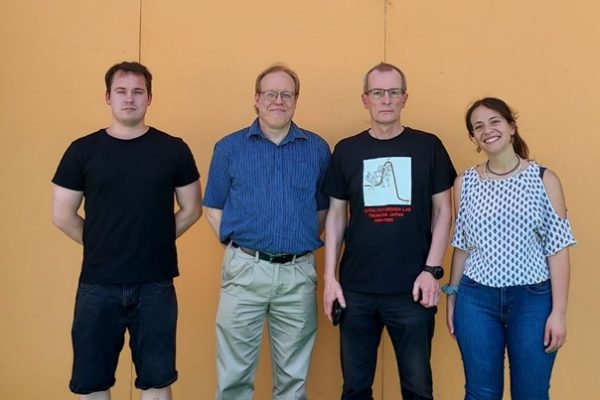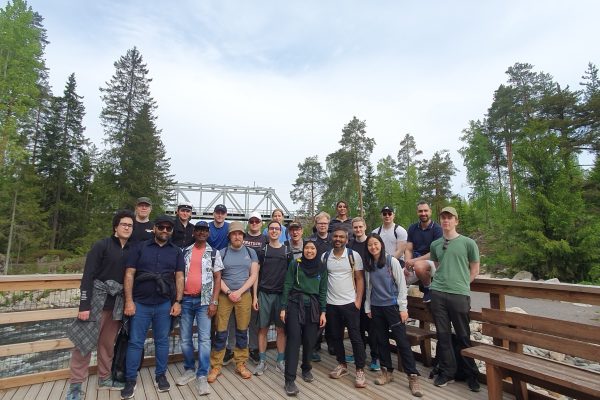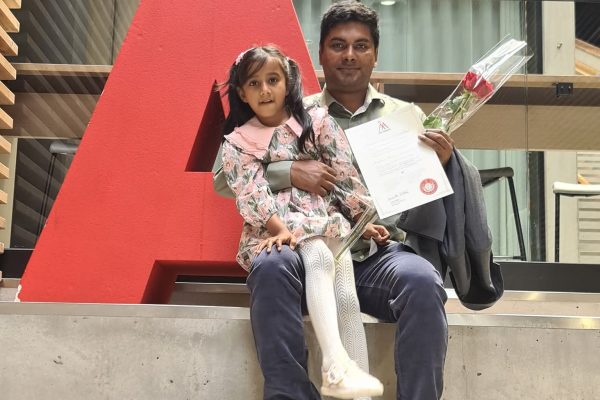In this follow-up story, the University of Vaasa’s research exchange with Wuhan University of Technology comes into sharper focus, revealing how the mobility has unfolded, the knowledge it has set in motion, and the valuable outcomes for both institutions and the Flexible Clean Propulsion Technologies (Flex-CPT) project.
As part of the Flex-CPT project, the University of Vaasa carried out its official research exchange in close collaboration with Wuhan University of Technology. There, doctoral student Huaying Wang-Alho took on the challenge of advancing fundamental research, focusing on the ignition properties and reaction kinetics of methanol–renewable diesel blends.
For more than a year leading up to the research exchange, Huaying Wang-Alho had been developing a blending strategy for methanol and renewable diesel at the University of Vaasa’s Fuel Laboratory. During this time, she examined the physical-chemical properties of the blends both with and without co-solvents, identified 1-octanol as a suitable co-solvent to ensure stability, and assessed the compatibility of the blends with common engine metallic materials. Building on these findings, she selected the blend shares that would later undergo experimental testing at Wuhan, where a high-pressure visualized shock tube was used to characterize ignition and combustion properties. Alongside the experiments, Huaying also gained new skills by learning the basics of CHEMKIN software, enabling further analysis of the combustion process.
One of the objectives in WP3, led by Katriina Sirviö, University of Vaasa, is to develop new metrics to evaluate reactivity-controlled combustion properties of non-binary fuel combinations. After spending 6 months in Wuhan, the first 3 month period in autumn 2024 and the second 3 month period in spring 2025, the experiments and its results contribute to WP3 and Flex-CPT consortium by providing unique fundamental combustion characterization knowledge which support fully the objective of new fuel metrics development. The study provided ignition delay time data and CHEMKIN simulations for methanol, renewable diesel, and their blends (with and without co-solvent), offering new insights into fuel interaction mechanisms and ignition behavior.
Huaying reflected on the challenges: “In my research at Wuhan University of Technology, one major challenge was that ignition delay experiments for methanol/renewable diesel blends, and methanol/renewable diesel/1-octanol fuels, had never been carried out before, especially using real renewable diesel fuel instead of surrogate compounds. Another difficulty was the limited availability of kinetic mechanisms for renewable diesel, which made both the experimental measurements and CHEMKIN modeling of the blended fuels particularly demanding.”
Katriina also emphasized the significance of the collaboration: “The collaboration with Wuhan has been valuable for the project results as well as for Huaying’s doctoral thesis results. The results Huaying was able to get by utilizing the research infrastructure in Wuhan University of Technology, complements the previously conducted research entity. At the same time, they provide valuable data for fuel metrics and reactivity studies. In addition to the obtained results, we had practical insight of fundamental research done at Wuhan and this enables us to validate our university’s research methods in similar research.”
As this second story on the mobility shows, the collaboration has not only delivered research results but also provided continuity, depth, and reflection on the shared journey. It highlights the way progress builds step by step, strengthening both the project outcomes and the wider research efforts connected to it.



